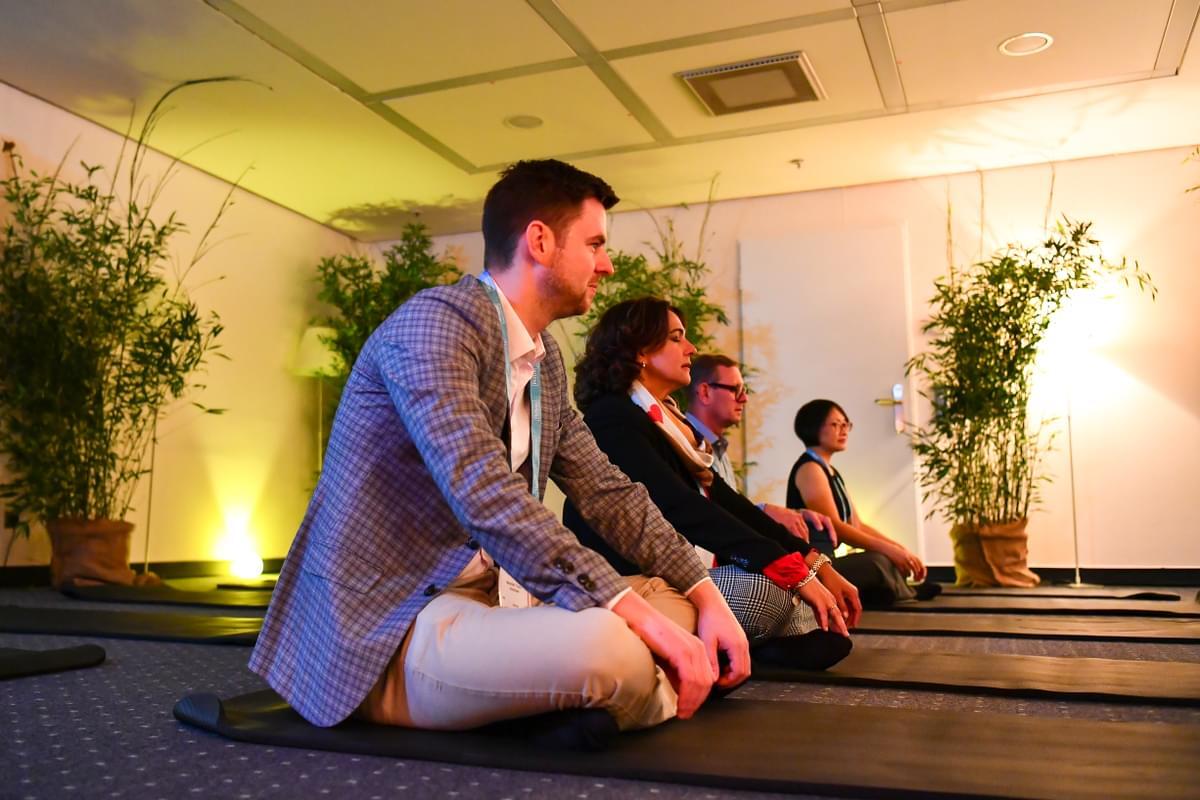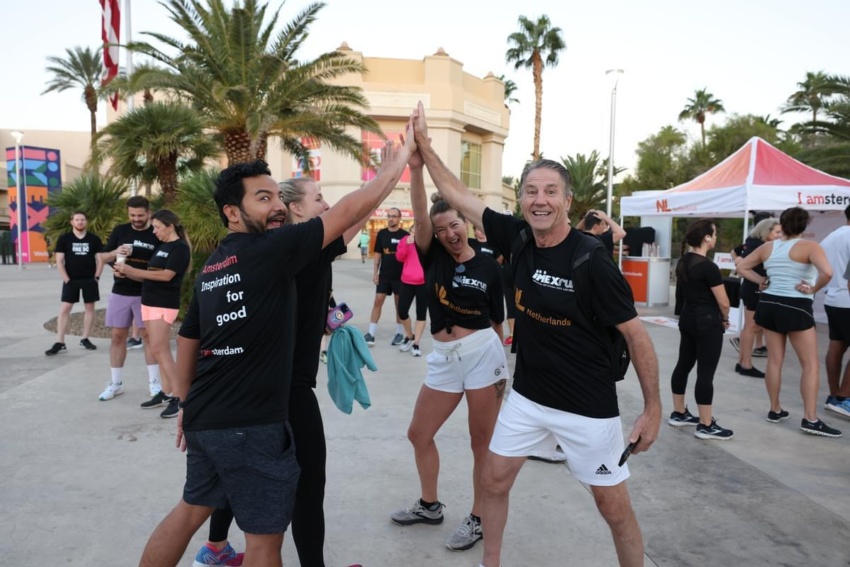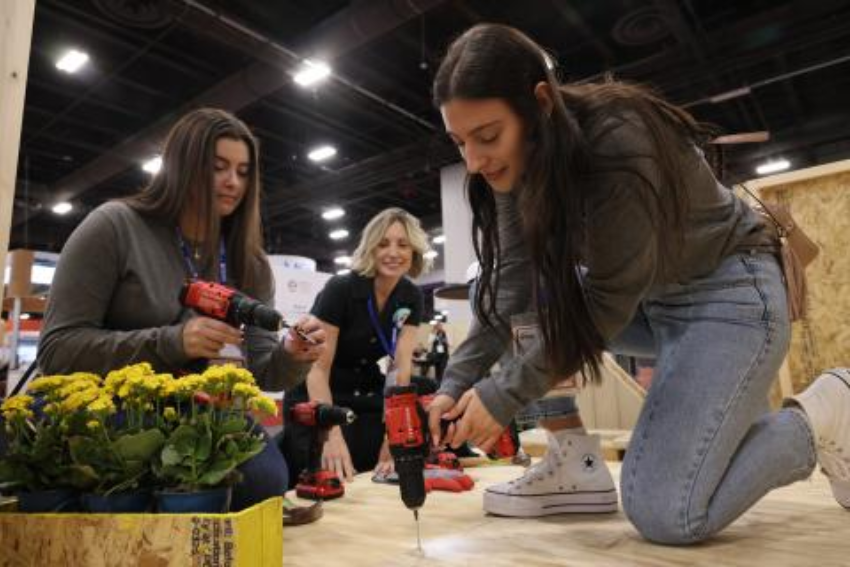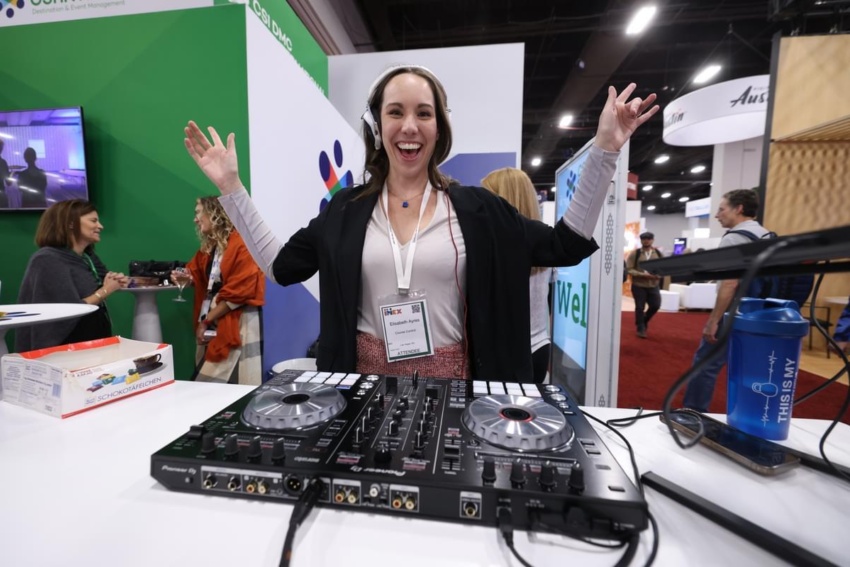How can you promote wellness at your events?
Award-winning, Harvard-trained medical doctor, researcher, and neuroscience expert, Dr. Shimi Kang provides practical, science-based tools for health, happiness, and achievement in the workplace, classroom, and at home.
Shimi is a previous IMEX America keynote speaker. Here she shares her insights into how you can boost your event attendees’ health, happiness and innovation.
Three well-being activities for event planners
Did you know we don’t just have a head brain; we also have a heart brain and a gut brain? And just like the brain in our head, these brains are clusters of specialized neurons that receive and process information, store it, and access it again when it’s needed. These clusters of neurons are highly intelligent and interconnected, helping your wellbeing, social connection, and ability to come up with new and unique ideas.
I want to share three activities you can build into your events to improve attendees’ wellbeing. These activities are based on the science of the three brains, which correspond to the three general categories of brain-boosting activities—downtime, others and play.
1. Include downtime in your events program
Downtime helps to calm our gut brain. This brain is in tune with our primal emotions of fear, insecurity and stress. When we’re so busy that we can’t slow down, our gut brain senses an immediate threat and kicks our freeze-fight-flight stress response into gear.
Downtime allows us to settle and feel safe. Simply unplugging, taking a break from life, and resting is a highly effective and important event activity. A great way to bring downtime into your event is to create a wellbeing lounge or space for attendees. We saw this in action at IMEX America with the Relaxation Reef, where attendees could follow guided meditations and learn about mindfulness in the workplace with Holly Duckworth.
If that’s not possible, try adding a few mindful minute prompts to a workshop or presentation agenda. Ultimately, we want to encourage a moment of downtime. And since event planners are among the most stressed professionals, here’s a little science behind deep breathing for you to try and practice yourself.

Top tip: Encourage deep breathing as a wellness tool
The single most effective way to reduce stress is through slow, deep breathing. We often get into the habit of shallow breathing, the type that reaches only to our middle lungs. Poor posture, prolonged sitting, and stress can all contribute to shallow chest breathing.
But when we breathe slowly and deeply, the receptors in our lungs and diaphragm expand from the pressure of the air. This expansion signals to our nervous system that we’re okay, shutting down the stress response, releasing endorphins and moving us into growth and recovery mode.
2. Encourage social connections
I’m guessing at some point in your life you may have experienced heartache when a friend or loved one hurt you. This was your heart brain acting up.
Thanks to ground-breaking research, we can now prove what ancient cultures have known all along: the human heart is so much more than a mechanical pump. The heart contains roughly forty thousand specialized, intelligent sensory neurites. When we feel connected to others, these neurites release neurochemicals like oxytocin directly into our bloodstream.
The heart brain is in tune with our emotions of connection, trust and bonding. Whether it’s a friend, colleague, or community member, social bonding helps us feel safe and settled. Connecting with others is a powerful coping skill and brain optimizer.
At your next event, make sure you have plenty of time and space for social connection and networking. Welcome receptions, mixers and ice-breaker exercises are all worth the extra effort, especially during this post-pandemic era.


3. Promote play at your events
Play corresponds with our head brain, which is in tune with our cognitive processes of memory, planning, innovation, and strategy. That’s why studying for exams can cause headaches: it’s your head brain acting up!
When we try new things or spend time on our hobbies, we activate our prefrontal cortex—moving from survival mode to growth mode. And since play ignites curiosity, exploration, and fun, it inhibits the release of cortisol (the stress hormone). After all, the body can’t be playing and stressed at the same time. This makes play a great life skill and something that should be practiced often!
There are a variety of activities you can bring to your event to invite play. For example, encouraging movement with chair yoga, or as we saw at IMEX, a fun run to start the day. Even hands-on activities, like Lego, prototyping or building something together create a sense of community and growth. Attendees came together to build Luna’s Clubhouse on the show floor at IMEX America. Could you partner with local community organisation to enable your attendees to create something amazing?


In a world of increasing disconnection, loneliness and stress, the event industry is a strategic partner to boosting the health, happiness and innovation of everyone. What initiatives will you bring to your next event? Get the latest event planning inspiration at IMEX - join us in Frankfurt, Germany or Las Vegas, USA!






